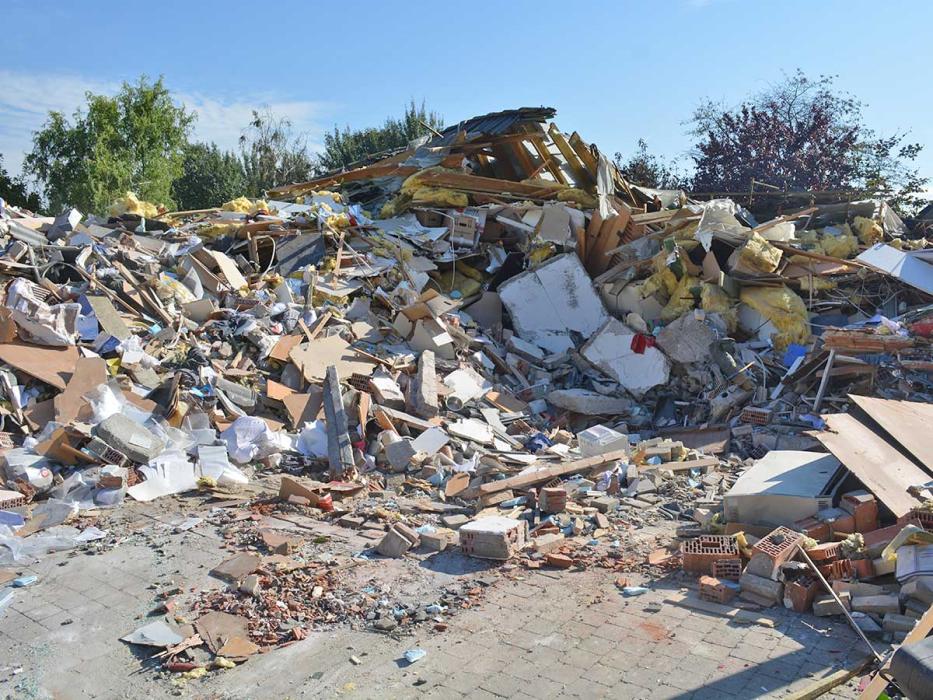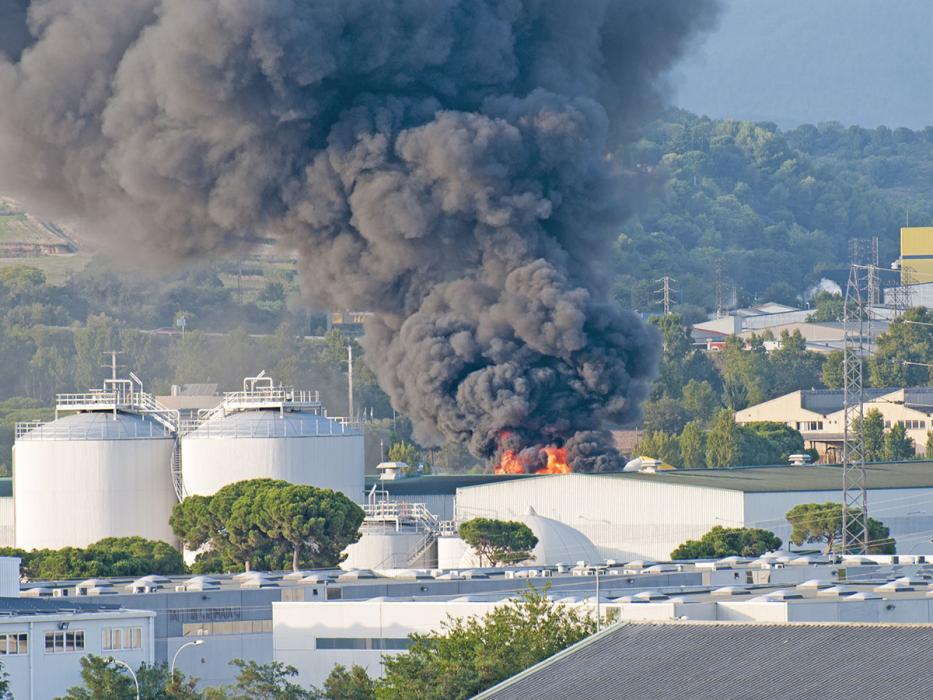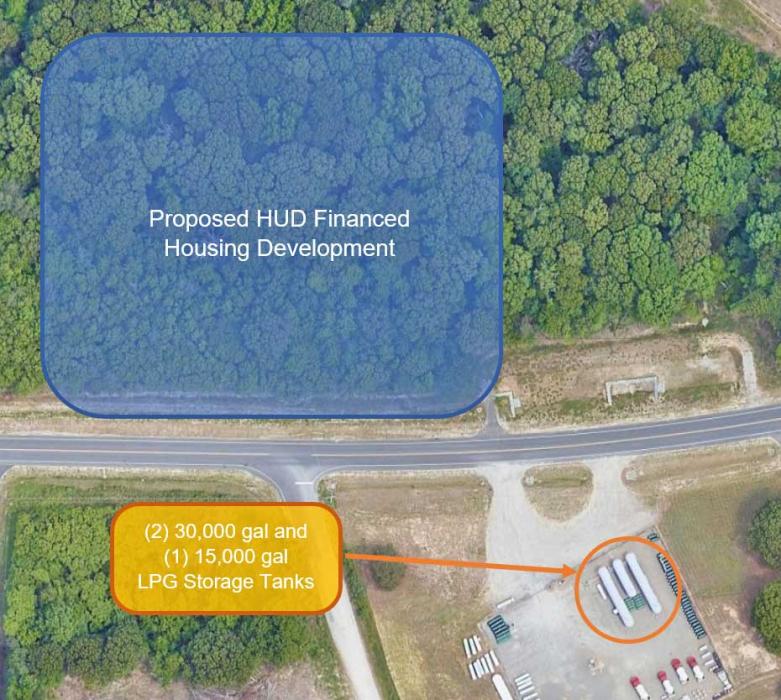HUD Blast Assessment
Need help with HUD blast assessment or acceptable separation distance (ASD) requirements? Here's how we can help.
Our HUD Blast Assessment Experience
Thornton Tomasetti has extensive experience assessing and providing protective design recommendations to satisfy U.S. Housing and Urban Development (HUD) requirements for residential developments near hazardous facilities (per 24 CFR Part 51 Subpart C). An assessment by a qualified consultant is a critical part of obtaining HUD financing for developments in vicinity of fuel storage tanks and buried pipelines.
Our methodologies help clients understand potential consequences of hazardous events and evaluate the need for protective measures. Thornton Tomasetti has experience evaluating fuel storage tank and pipeline failures, with consideration of the surrounding environment and infrastructure.
We then calculate consequences using advanced analysis that may yield improved results as compared to simplified HUD methods for acceptable separation distance (ASD) and Baseline Pipeline Impact Radius (BPIR) or Potential Pipeline Impact Radius (PIR).
Our protective design experts assess hazards due to aboveground and belowground fuel storage or transport which may include gasoline, diesel, propane or other fuels.
If warranted, Thornton Tomasetti can develop options for mitigation solutions to bring the site into compliance. Solutions may include ASD reduction, or design of protective barrier systems against thermal radiation exposure or structure blast overpressure.
We provide a variety of related HUD blast analysis and assessment services, including:
- Fuel storage tank hazard assessment
- Pipeline and buried hazard assessment
- Protective barriers design and assessment
- Fire modeling and assessment
- Explosion modeling and overpressure assessments
- Baker, Strehlow and Tang (BST) vapor cloud explosion analysis
- Blast mitigation and blast engineering design and analysis
Hud Blast Assessment Experts









